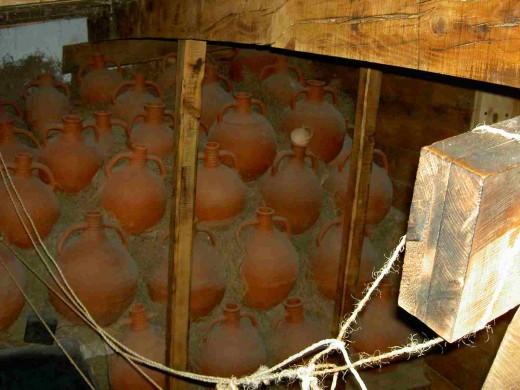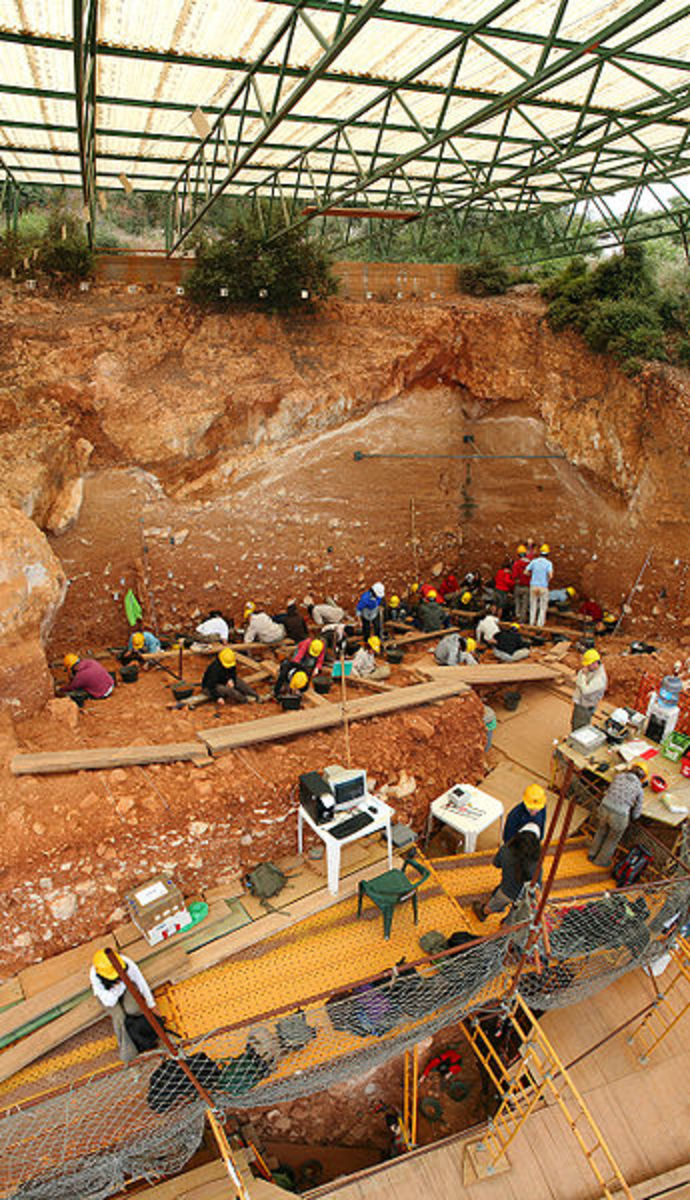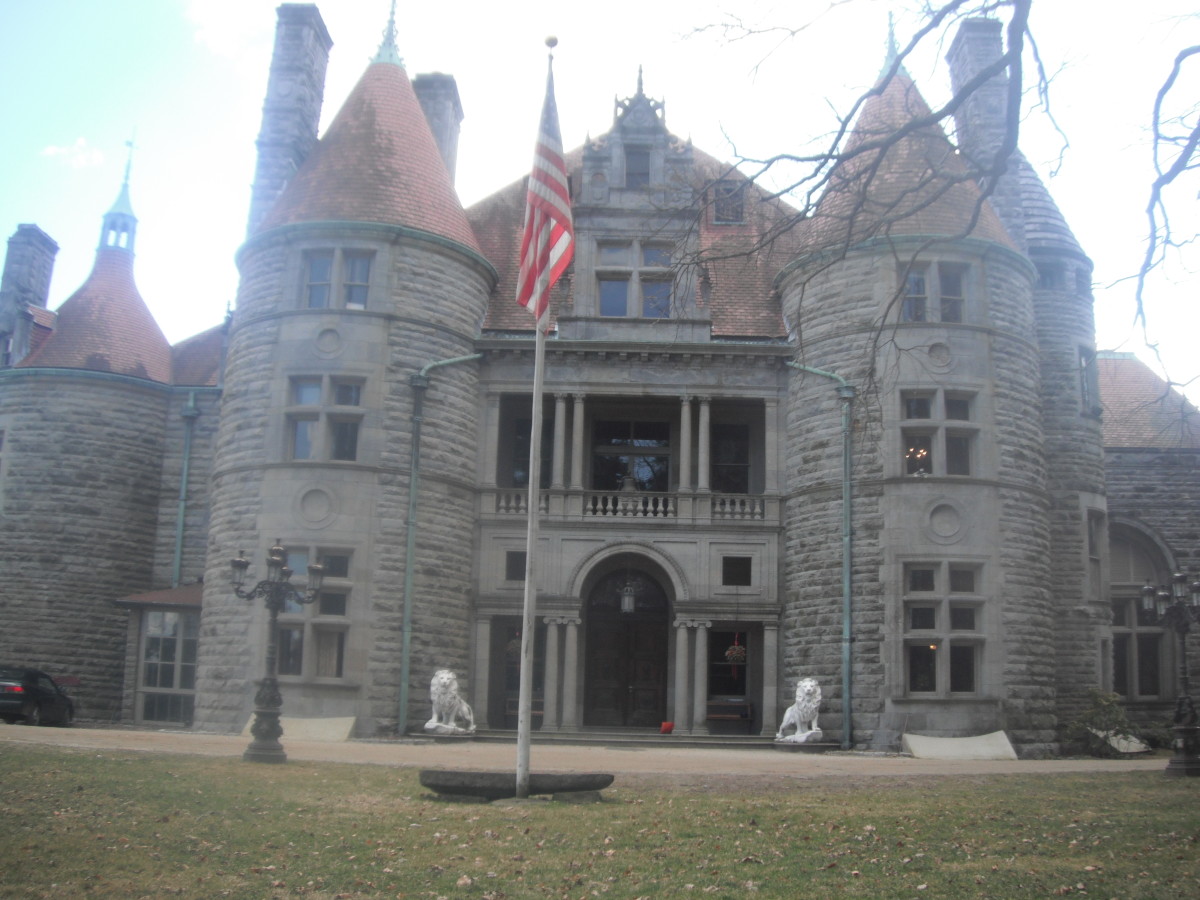The Glass Flask of the Byzantine Shipwreck at Bozburun, Turkey

In 1995, Fred Hocker began excavation on a shipwreck in Bozburun, Turkey. The 9th century Byzantine wreck had previously been identified by George Bass during a 1973 Institute of Nautical Archaeology survey of Turkish waters. However, other sites had taken precedence and were excavated prior to Bozburun. After all, common artifacts such as coins, personal possessions, and objects of value had been removed prior to the ship’s sinking. Still, the site proved to tell an interesting tale of the ship’s final moments, and a recovered glass flask and goblets revealed a social context to the often no-nonsense view of medieval trade.
The Wreck
A sudden, strong shift in the wind as the ship neared harbor prevented the approach and made sailing impossible. Anchors were dropped in an effort to wait out the storm, but they did not hold. The stern of the ship was forced against the cliffs by waves and began to take on water. As a last-ditch effort, the crew jettisoned cargo to lighten the ship, but the effort was futile. The crew gathered their remaining personal effects and valuables and escaped to shore. The cargo and the ship were lost.
Namesake location of the Byzantine wreck.
The Remains
One of the few remaining objects on the ship, other than a large collection of amphoras, was a glass flask. The small glass flask has a bulb about the size of a softball with a much narrower, fluted neck, stemming about three inches from the top. The yellow-glazed flask is made from very thin glass, as thin as a light bulb, and was carefully mold-blown then twisted to create an interesting spiral appearance. The flask was found aft and to the port of the galley, far to the stern of the ship. Three small, fine, glass goblets were also found within two meters of the flask. The goblets, made of blue-green glass and of the lamp vessel type, along with the flask were likely part of a small glassware set.
- Photo of the Glass Flask
An official INA photo of the flask.
The glass flask was located smashed in the stern during the 1997 season. In 1996 one of the glass goblets had been found and two more would be found in the 1997 and 1998 seasons. Glass fares very well submerged and the immersion process had very little impact on it. Conservator Jane Pannell Haldane was able to largely reconstruct the glass flask and return it to much of its former splendor. Haldane served as conservator for 1996-1997 working on amphoras during the summer and glass during the winter.
- Photo of the Glass Flask Being Handled
An official INA photo of the flask being handled.
Glass flasks of this type were very uncommon on sea-faring vessels. Very few shipwrecks in the Mediterranean have possessed glassware with the exception of the 11th-century Serçe Liman ship carrying fine glass as cargo. Instead, glass flasks of this type were often seen in Roman and Byzantine worlds in non-maritime contexts. Glassware of this type would be too fragile to be used while sailing, though it is possible that rather than being used in a typical serving manor, the flask could have held a particularly valuable seasoning or a medical ointment useful for treating sailors.
The most likely explanation for this rare piece of glassware is that it was one of the few remaining personal possessions on board. Since the flask was not found in the serving galley and is quite delicate compared to normal sea-faring wares, it is much more likely to be a personal effect of a crew member or passenger. A captain or merchant could have found great use for the flask and goblets during special occasions at port, or it could have been a gift. Byzantine and 9th-century trade in general is often seen from a very utilitarian perspective. Finding an object that serves no practical purpose on a sailing journey is a revealing and refreshing change to prior beliefs.
- Bozburun - Institute of Nautical Archaeology
The official website of the INA project at Bozburun. The site includes the history, reports, site plan, and photos of the wreck.
Bibliography
Hocker, F. M. (1998). Bozburun Byzantine Shipwreck Excavation: The Final Campaign 1998. The INA Quarterly, 25(4), 3-13.
Hocker, F. M. (2005). Sampling a Byzantine Vintage: Bozburun, Turkey. In G. F. Bass (Ed.), Beneath the Seven Seas (pp. 100-105). London: Thames & Hudson.
Hocker, F. M. (2007). Bozburun: Report to the Turkish Ministry of Culture, General Directorate of Monuments and Museums, on the 1996 Season Retrieved 1 October, 2009
Hocker, F. M., & Scafuri, M. P. (1996). The Bozburun Byzantine Shipwreck Excavation: 1996 Campaign. The INA Quarterly, 23(4), 3-9.
Hocker, F. M., Yamini, S. W., & Yamini, G. O. (1998). The Byzantine Shipwreck at Bozburun, Turkey: The 1997 Field Season. The INA Quarterly, 25(2), 12-17.
- The Most Famous Shipwrecks in American History
While the United States remains a relatively young country compared to many others in the world, we have our fair share of history.





